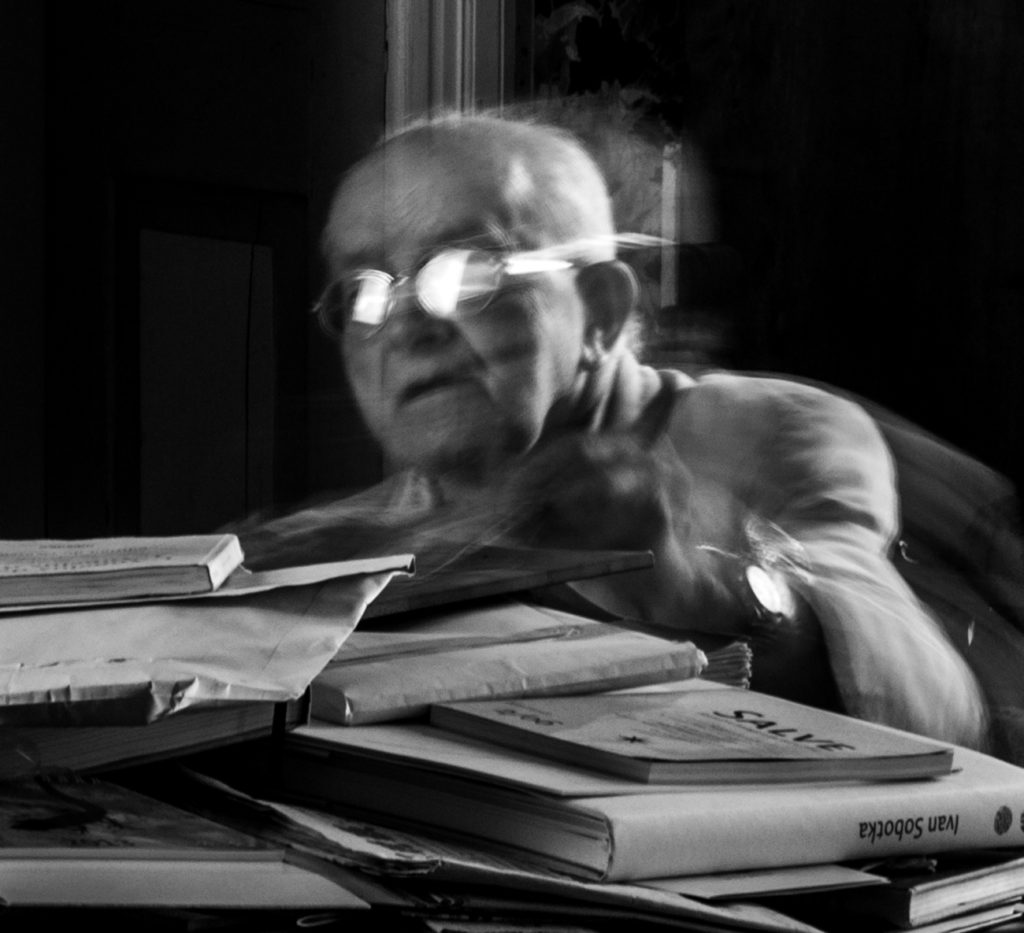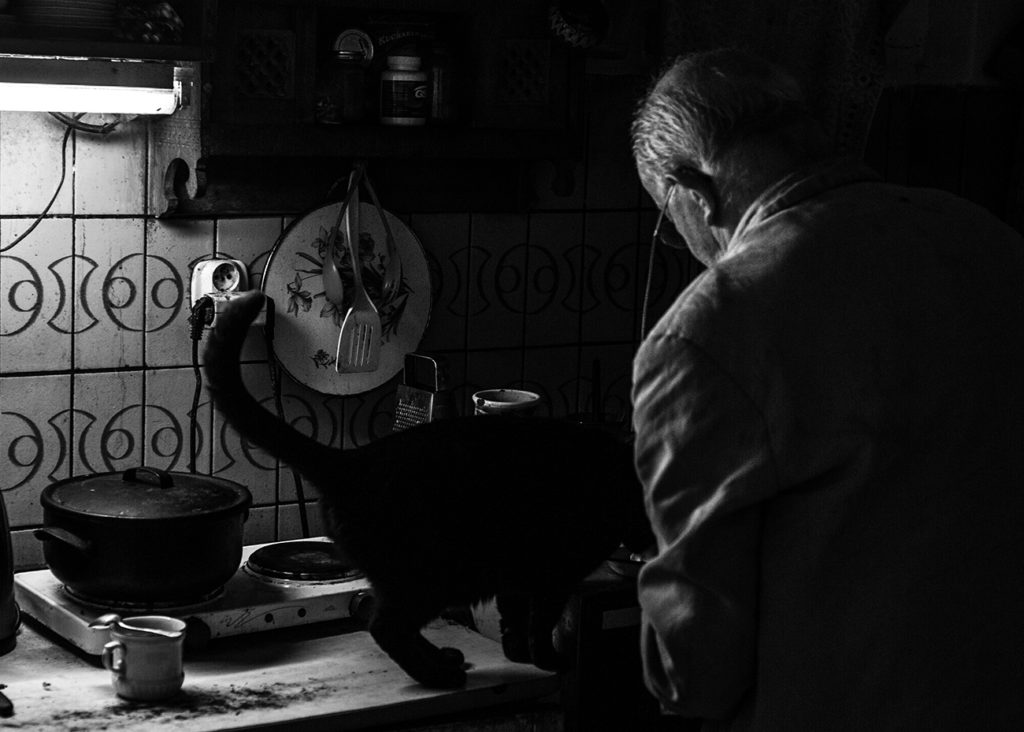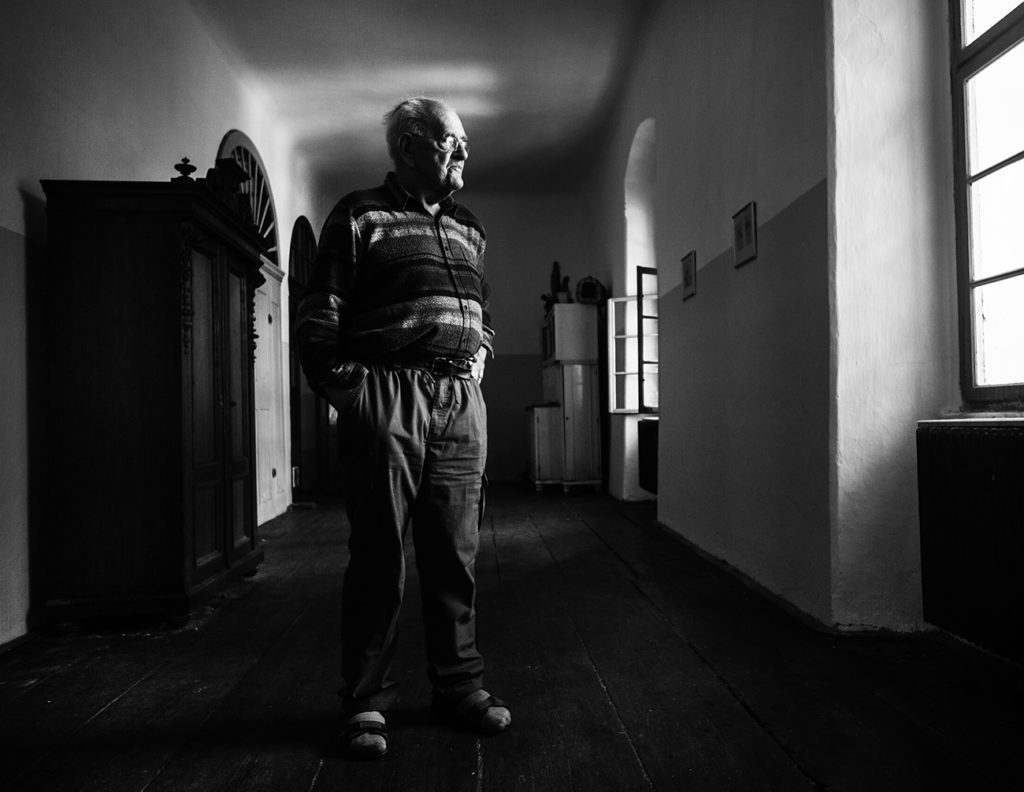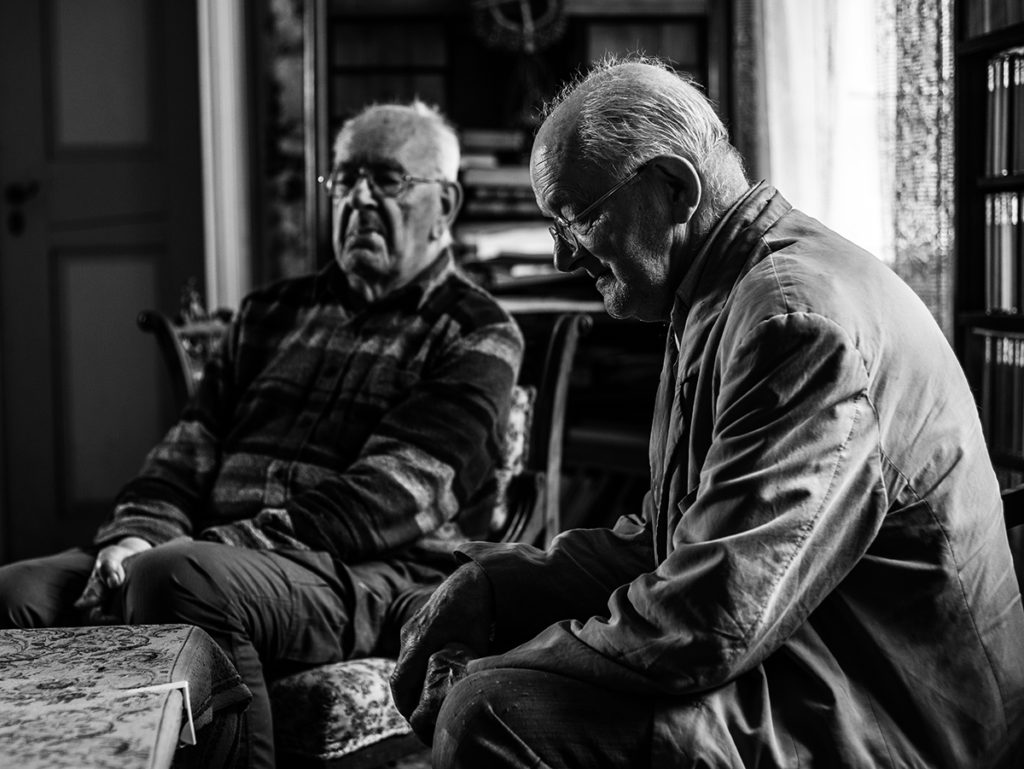
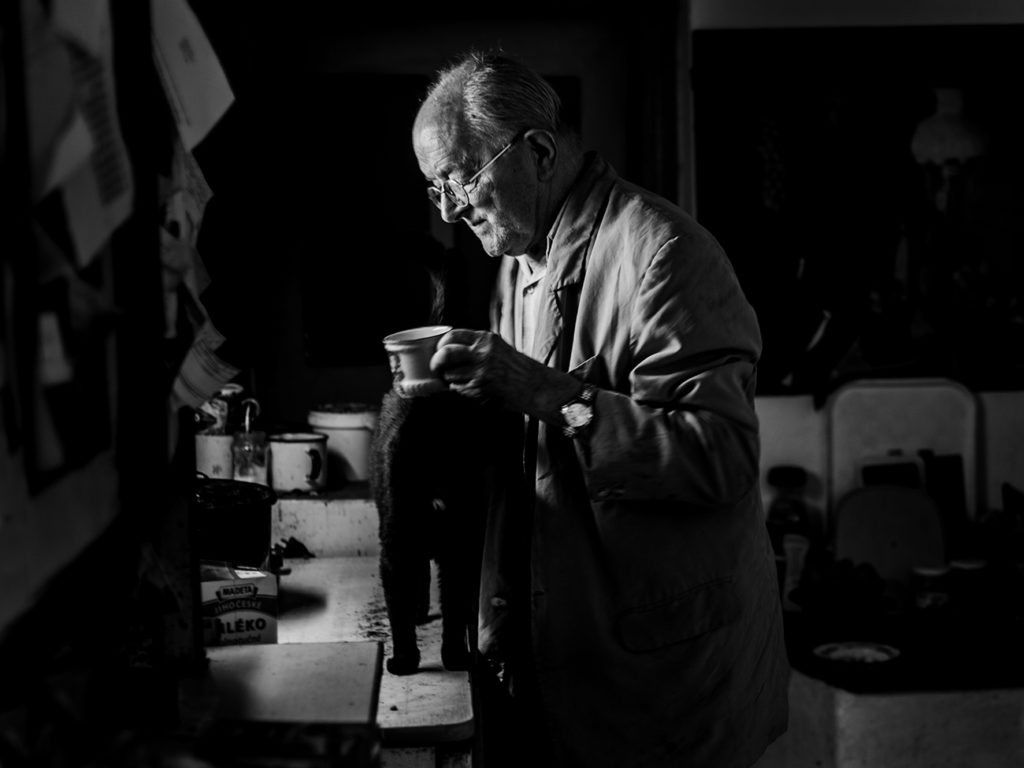
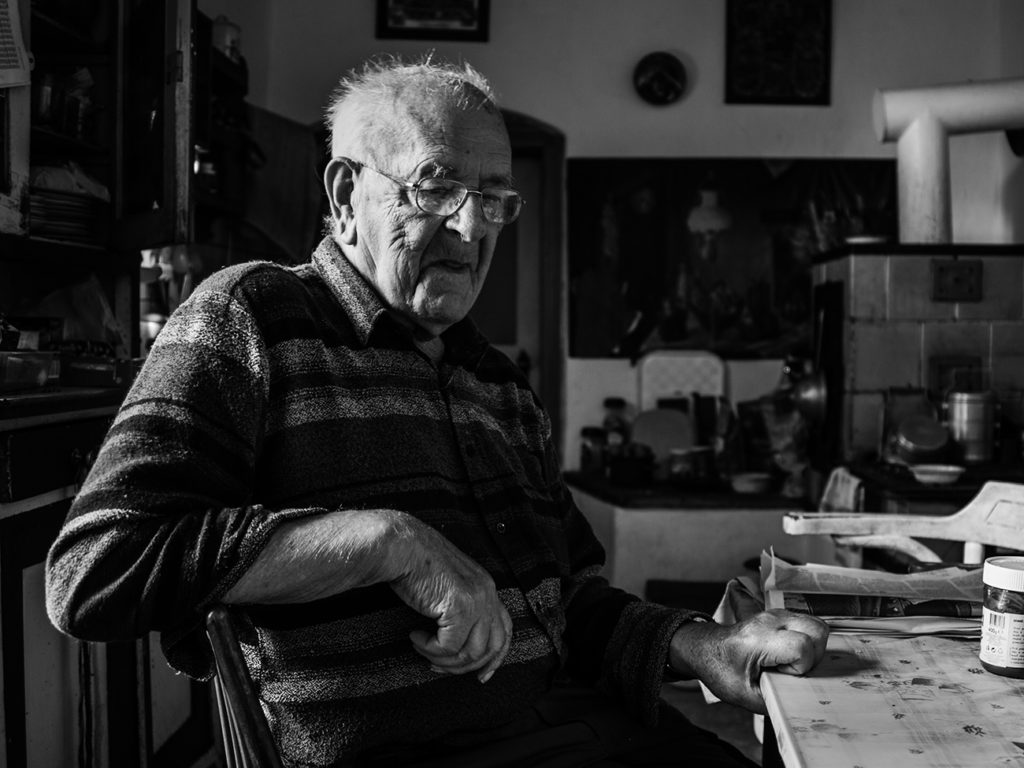
Jejich otec Bohuslav Reynek byl jedním z nejvýznamnějších československých umělců 20. století, byl básníkem, známým grafikem (především je známý svými grafickými listy) a překladatelem z francouzštiny a němčiny. S básnířkou Suzanne Renaudouvou se kterou se seznámil v roce 1923 vychovali dva syny – Daniela a Jiřího.
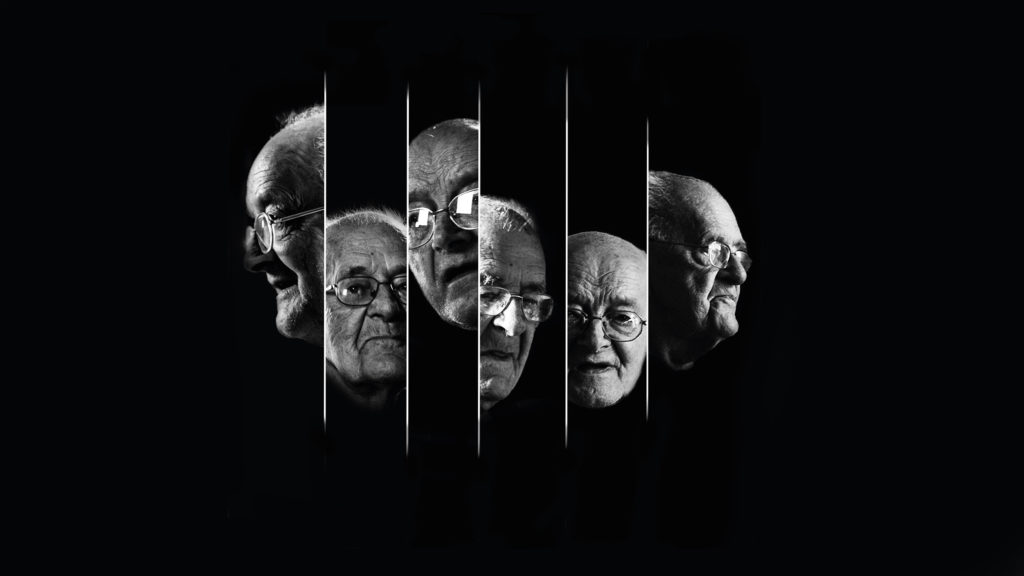
Daniel Reynek se věnoval fotografické tvorbě. Inspirován otcem Bohuslavem nejdříve vítězily fotografie detailů podobné detailům nahlížením do světa jeho grafik, od 60. let začal experimentovat se skleněnými negativy, kdy začal vytvářet fotografické montáže, ve kterých zachycuje především krajinu v okolí. Daniel Reynek byl jakýmsi fotografickým impresionistou a dědicem fantaskní romantiky Marca Chagalla. Něžnost motýlích křídel, siluety štíhlých stonků květin, stříbřité kapky vody jako perly, to všechno zapojuje do hry. Jestliže tradovaná pravda tvrdí, že umění učí člověka dívat se, Daniel Reynek výše uvedenou tezi svým dílem podtrhl dvakrát.
Bratr Jiří Reynek byl bytostí duchovní a kulturní, miloval svou zahradu a rozuměl rostlinám. Jiří, který byl překladatelem se stal známějším až poté, co vyšly jeho překlady francouzské literatury, zejména díla Henriho Pourrata (Poklady z Auvergne – 1994, O řeřavých očích – 1997, Kašpar z hor – 2001). Dále mu vycházely překlady od Francise Jammese, Jeana Giona, Charlese–Fredinanda Ramuze či Marie Noël. Po vzoru otce sám dělal autorskou grafiku a příležitostně píše také krátké prózy.
